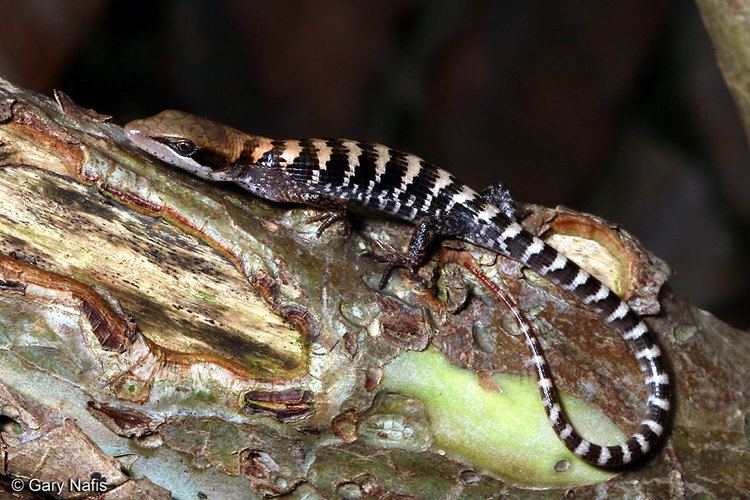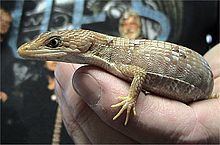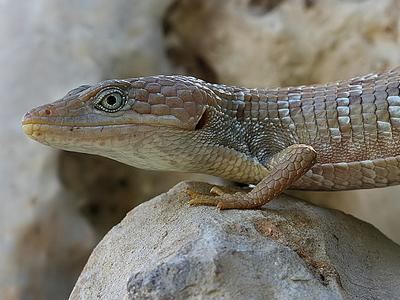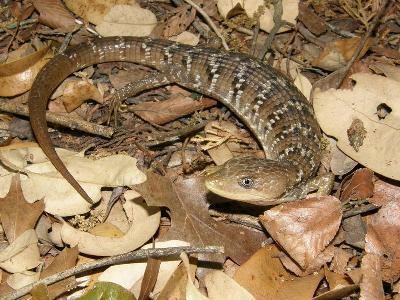Subphylum Vertebrata Suborder Sauria Rank Species | Phylum Chordata Higher classification Gerrhonotus | |
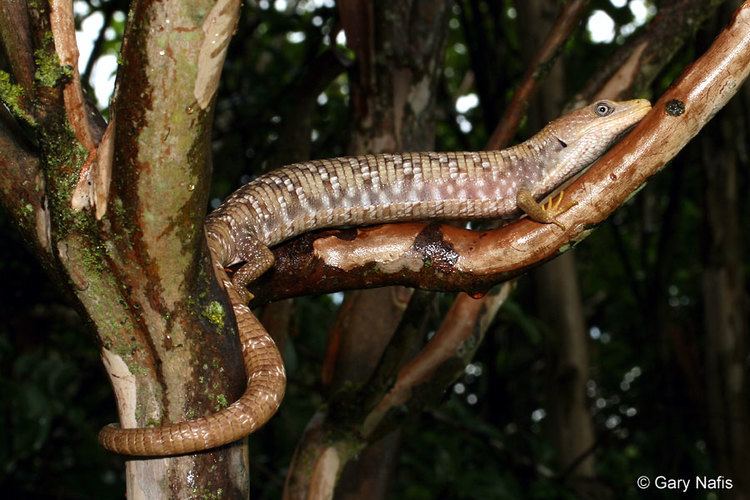 | ||
Similar | ||
Reptile lizard texas alligator lizard
The Texas alligator lizard (Gerrhonotus infernalis) is a species of lizard in the subfamily Gerrhonotinae found in the central region of the American state of Texas, and south into Mexico.
Contents
- Reptile lizard texas alligator lizard
- Texas alligator lizard
- Description
- Behavior
- Habitat
- Diet
- Reproduction
- References
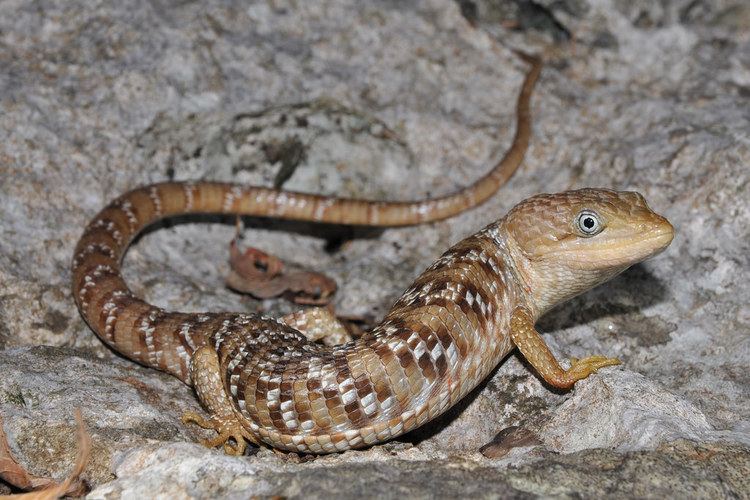
Texas alligator lizard
Description
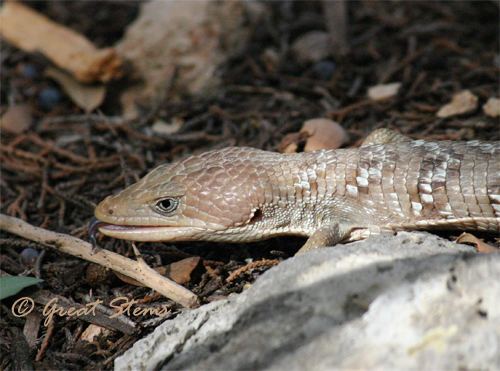
The Texas alligator lizard is a medium-sized lizard, attaining a maximum total length (including tail) around 24 to 25 in (61 to 64 cm). It is the largest lizard species in Texas, and one of the largest alligator lizards in the world. These lizards have flat, wedge-shaped heads. They are generally a yellow-brown color, often with darker brown and white checker patterning on their dorsal surfaces, and uniformly light-colored, white, or grey on their ventral surfaces. Their scales are very stiff and plate-like. They have short limbs, and a tail that can fall off to distract a potential predator, but will regrow in time.
Behavior
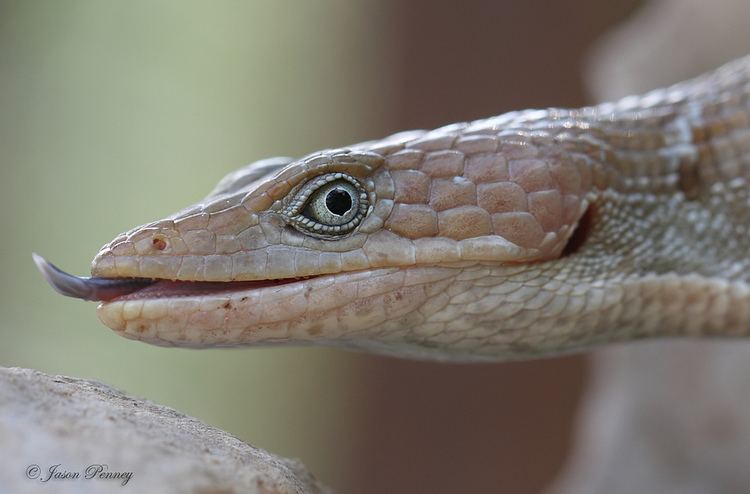
Texas alligator lizards are relatively slow, diurnal lizards, with quite good vision. Though not generally aggressive, they may bite if handled, and are incorrectly considered to be venomous by many cultures.
Habitat
They are often found on rocky hillsides, where they hide among the stones or in limestone crevices.
Diet
Their primary diet is insects and other invertebrates, but they may sometimes prey on nestling birds or rodents.
Reproduction
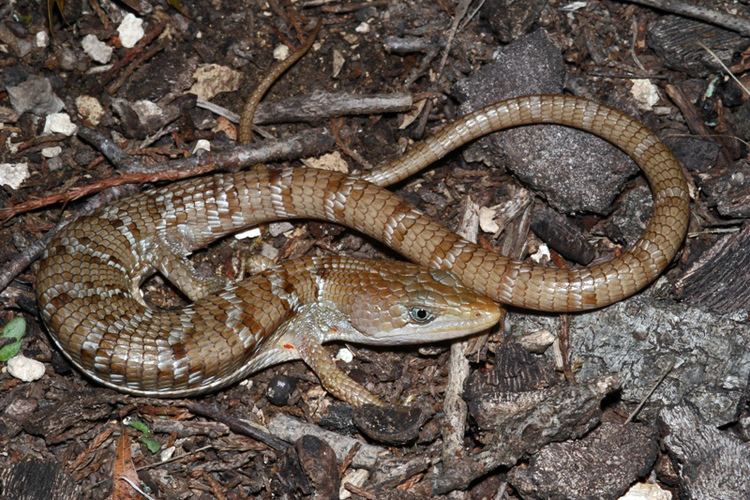
Breeding occurs year-round; sometimes, multiple clutches of eggs are laid per year. Females will often stay near the nesting site to protect it, but no parental care occurs once the young alligator lizards hatch. The young generally have more striking markings, and are only about 3–4 in (7.6–10.2 cm) long (including tail).
